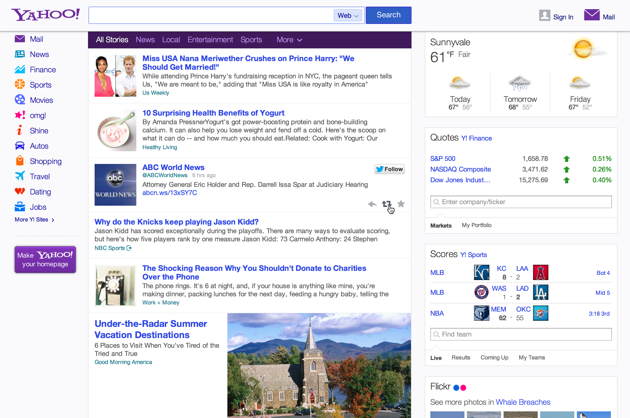“Twitter Revolution” Thrust Back Into the Political Spotlight as Turkish Protesters Take to Social Media

When we wrote “Twitter Revolution” we were talking about marketing and business. We knew the world was changing, but had no idea we were coining a term that would be used for political uprisings around the world.
I vote to use the term “Arab Spring” 🙂
Another Twitter Revolution?
Over two years after the Arab Spring began, Turkey is in the midst of its own interpretation as a weekend of anti-government demonstrations spread across the country, ignited by opposition to construction of a shopping mall in a popular Istanbul park and exacerbated by traditional Turkish media’s lack of coverage.Protests spread to half of Turkey’s 81 provinces by Sunday with the Turkish Doctors’ Association reporting at least 1,700 people injured in Istanbul and Ankara.
Much like the movement that swept across Egypt, Libya, Syria and dozens of other countries in the region, social media, especially Twitter, has played an integral role in the organization of demonstrations and the spread of ideals.Turkish Prime Minister Recep Erdogan called the protesters an “extremist fringe” even as 10,000 demonstrators called on his government to resign. The increasingly authoritarian PM singled out Twitter saying, “the best examples of lies can be found there,” and called social media “the worst menace to society.”
Erdogan’s harsh crackdowns on press freedom in Turkey and his desire for a more tightly-controlled Internet are now fueling the very communication tools he had hoped to quell. “Erdogan does not listen to anyone any more,” said Koray Caliskan, a political scientist at Istanbul’s Bosphorus University, The Guardian reports. Similar occurences feuled the Arab Spring, which saught out to conquer widespread censorship of the mass media and the internet, especially social media. Recently, Jordan’s prime minister spoke out about the changes that have came about since the uprising that began in late 2010. “The past few years have been very crucial to our region, because the Arab Spring has opened new horizons and created more demands” for wider freedoms of expression and the press, reports the Albany Democrat-Herald.
Gas masks appear to be standard issue for photographers in #Turkey. bit.ly/18HBrLN twitter.com/nycjim/status/…
In a clear example of media censorship, the state-controlled TV stations and newspapers ignored coverage of the protests, which are the largest and most violent protests the country has seen in years. “The Turkish media have embarrassed themselves,” Caliskan said. “While the whole world was oadcasting from Taksim Square, Turkish television stations were showing cooking shows. It is now very clear that we do not have press freedom in Turkey.”
See full story on brandchannel.com









